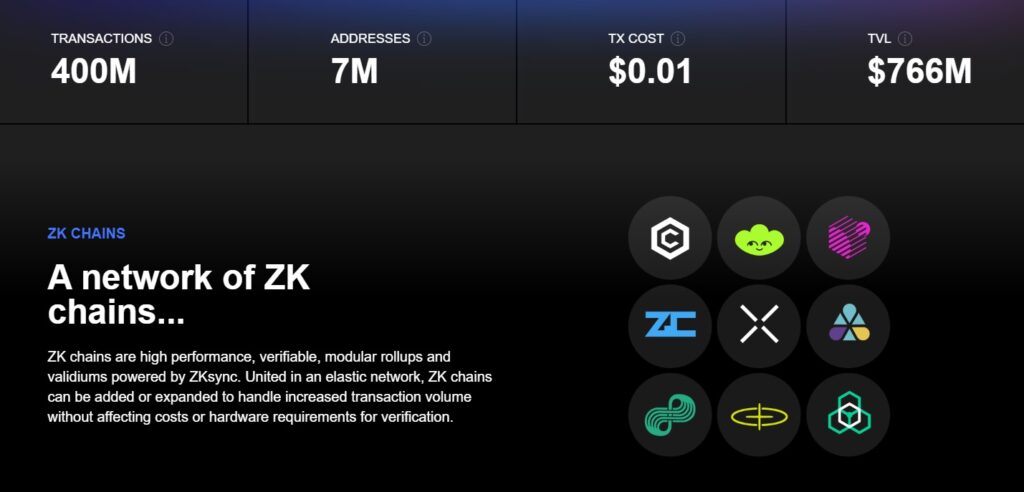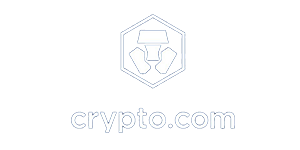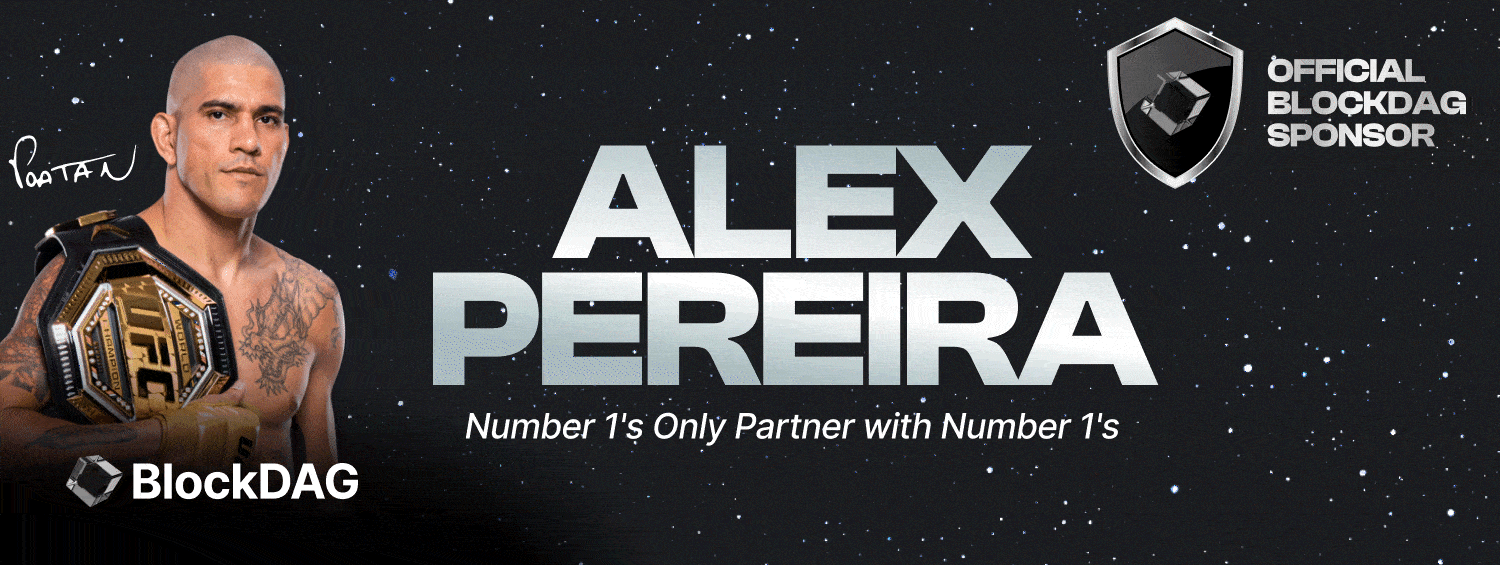The layer-2 blockchain ZKsync, has kicked off its highly anticipated airdrop of its ZK token, with 45% of the tokens already claimed.
The layer-2 blockchain ZKsync has kicked off its highly anticipated airdrop of its ZK token, with 45% of the tokens already claimed, the team shared on Monday.
The ZKsync Association, a non-profit created and launched last week by the development firm behind ZKsync, Matter Labs, is in charge of the airdrop claims. The team tweeted that 45% of tokens were claimed by users in under two hours.
The ZK token opened at $0.31 and is down about 31% since then, trading at $0.22 at the time of writing, according to CoinGecko. The market capitalization stands at about $800 million, based on the circulating supply, with about 3.7 billion tokens eligible to be distributed. On a fully diluted basis, the market cap would be $4.5 billion.
Cryptocurrency exchanges Binance, Bybit and KuCoin have currently listed the ZK token, even though Binance had announced earlier that it would postpone the listing on its platform after experiencing tech issues with their node.
“Our tech team is fixing it urgently, and will be recovered before trading starts. Deposits will be credited once the block height catches up,” Binance wrote on X.
Last week, the Matter Labs team shared with how the ZKsync Association plans to distribute the tokens.
Some users were upset with the design of the airdrop, which led the team to acknowledge their “unconventional design.”

According to their plans, 90% of the airdrop can be claimed by ZKsync users, which includes anyone that transacted on the ZKsync blockchain and met an unspecified threshold of activity. The remaining tokens go to ecosystem contributors including: ZKsync native projects (5.8%), on-chain communities (2.8%) and builders (2.4%).
Matter Labs also shared that employees will get 16.1% of ZK tokens, and investors 17.2%, which will be locked for a year and then released over three years.
The rest of the token supply will be split and go to ZKsync’s Token Assembly (29.3%), which will use it for new governance purposes, and the rest to Ecosystem Initiatives (19.9%).


























